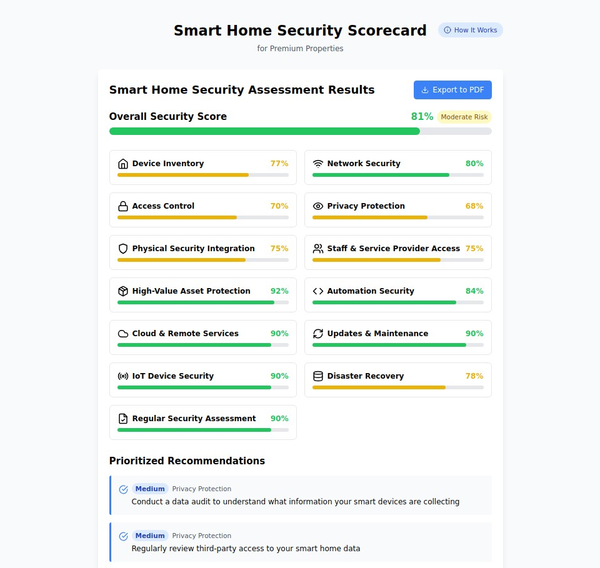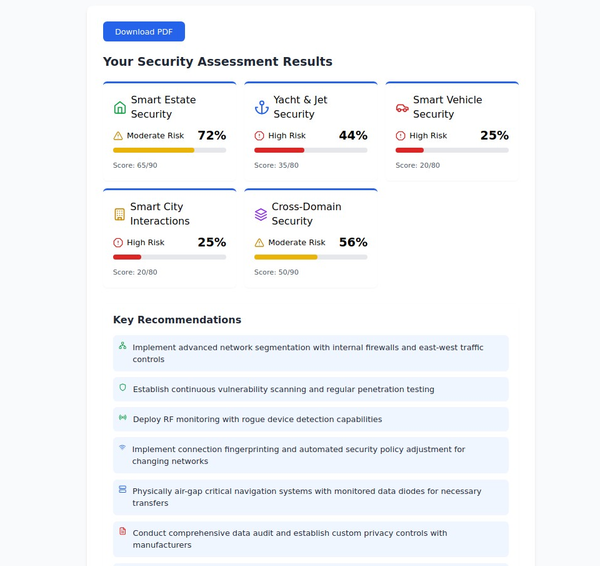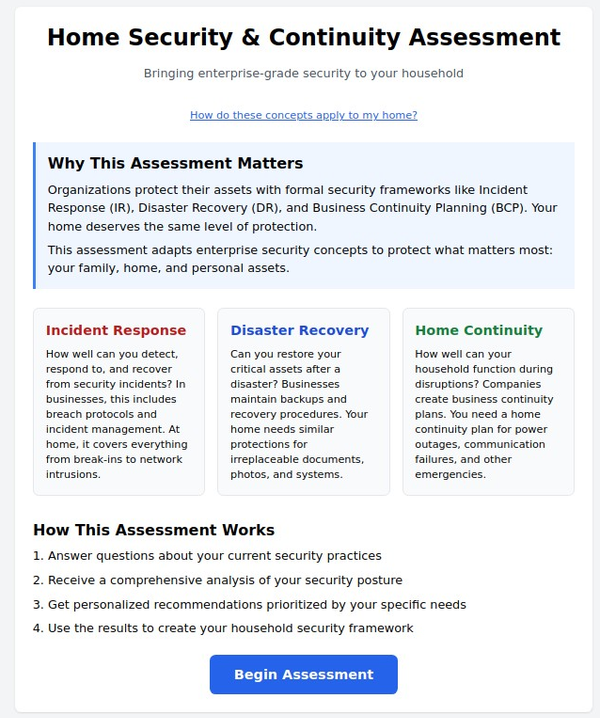The Top Security Risks Facing Smart Homes

Smart homes offer homeowners the convenience of automation and control. However, with the rise of IoT devices, smart homes have become a target for cybercriminals. There are several security risks facing smart homes, and understanding them is crucial to protecting your home and personal information. Here are the top security risks facing smart homes and tips on mitigating these risks.
IoT Botnets
IoT botnets are a significant threat to smart homes. These botnets consist of a group of IoT devices that have been hacked and are controlled by a botmaster. Hackers use these botnets to launch DDoS attacks and other malicious activities. The Mirai botnet, for example, was responsible for the largest DDoS attack in history, which targeted DNS provider Dyn in 2016.
To mitigate the risk of IoT botnets, ensure that your IoT devices are updated regularly with the latest firmware. You should also change the default username and password for your IoT devices and use a strong password. Finally, ensure that your Wi-Fi network is secure with WPA2 encryption and a strong password.
Unsecured Devices
Unsecured IoT devices can be easily hacked and used to launch attacks on your smart home network. Unsecured devices are often targeted by hackers because they are easy to exploit. These devices can be used to steal personal information, launch DDoS attacks, and even cause physical harm.
To mitigate the risk of unsecured devices, ensure that all of your IoT devices are updated regularly with the latest firmware. You should also change the default username and password for your IoT devices and use a strong password. Finally, ensure that your Wi-Fi network is secure with WPA2 encryption and a strong password.
Weak Passwords
Weak passwords are a significant security risk facing smart homes. Most IoT devices come with default usernames and passwords, which are often easy to guess. Using weak passwords makes it easy for hackers to gain access to your smart home devices and network.
To mitigate the risk of weak passwords, ensure that you change the default username and password for your IoT devices and use a strong password. A strong password should be at least eight characters long and include a combination of uppercase and lowercase letters, numbers, and special characters.
Conclusion
In conclusion, securing your smart home is crucial to protect your personal information and the security of your home. The top security risks facing smart homes include IoT botnets, unsecured devices, and weak passwords. To mitigate these risks, ensure that your IoT devices are updated regularly with the latest firmware, change default usernames and passwords, use strong passwords, and ensure that your Wi-Fi network is secure. By taking these measures, you can protect your smart home and personal information from potential cyber threats.
